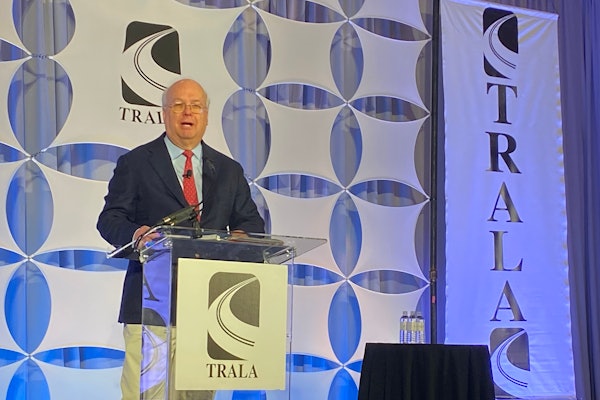By Robert Dieli, RDLB, Inc., in-house economist at MacKay & Company
With the installation of every new administration, thoughts immediately turn to what they might do and when they might do it.
From what we have seen so far, it appears that the transition team came to Washington with more of a “to-do” list than a policy agenda. And so, the first question has become what parts of that list are going to be dealt with through legislation, what parts will be dealt with through regulatory reform and what parts will be dealt with through executive order. Each of those choices will affect what gets done first and when the effects of the changes will be felt.
As recent events have shown, executive orders are the quickest way to get a policy in place. Regulatory change, once the necessary appointments have been made in the Executive branch, should also follow swiftly. Anything requiring legislative action is going to take a lot more time.
Case in point, back in 1981, when President Ronald Reagan succeeded in enacting the first part of his program on tax reform, that process took almost a full year to complete. Reagan took office in January of 1981. The Economic Recovery and Tax Act was introduced in Congress in July of that year. The law was signed by President Reagan in August and the new tax code was put in place in October. The full effects of the changes began to be seen early in 1982.
So far, three main policy initiatives have been discussed. Topping the list is tax reform. This will require extensive legislative action, especially since both the administration and the congressional leadership are consider-ing changes to both the personal and the corporate tax codes. Next on the list is infrastructure spending. This can be undertaken in part through existing appropriations, but anything of a more significant nature is going to require legislative action. The last major item is the border adjustment tax, which is being proposed as a means to address-ing unbalanced trade flows.
The current political calculus has the first two items under the close control of the congressional leadership. House Speaker Paul Ryan has been floating tax reform ideas for several years and is likely to insist that his versions of the proposed tax laws be considered first. Since it is rare for any tax legislation to pass as first drafted, we can expect some give and take on both the content and the sponsorship of the final bills.
Infrastructure spending has also been a topic long under consideration in Washington. But, beyond a general agreement that there should be more infrastructure spending, there is no consensus on what kind of spending should be done first and how it should be paid for. With the confirmation of Mick Mulvaney, a deficit hawk, to be the Director of the Office of Management and Budget, it is likely that all spending proposals will receive extreme vetting before being submitted.
The border adjustment tax is currently being pushed as a separate initiative by the administration. It could, however, get folded into the larger tax bills that are expected to be considered. So far, most of the press on this issue has been negative, with firms that import a lot goods being most vocal in their opposition.
Bottom line: It is going to take a while to turn promises into priorities. Once set, those priorities are going to be debated, perhaps at length. Once enacted, it will take some time for the changes to have a visible effect.
Robert F. Dieli is president and founder of RDLB, Inc. an economic research and management consulting firm based in Lombard, Ill. Bob regularly collaborates with MacKay & Company on economic publications as well as industry presentations such as HDAD.










